- 0086-0769-87986375
- Welcome you to Dongguan Yili Bags Co., Ltd. website!
Ultimate Guide to Choosing the Right Medical Carrying Case for Your Needs
Choosing the right medical carrying case is crucial for healthcare professionals and emergency responders alike, as an estimated 65% of doctors frequently encounter the need to transport medical equipment in various environments, from hospitals to outdoor scenes. With the healthcare sector projected to grow by 16% from 2020 to 2030, the demand for effective and reliable medical carrying cases is increasingly important. According to a report by MarketsandMarkets, the medical device packaging market is expected to reach $44.6 billion by 2024, highlighting the growing emphasis on portable and secure medical solutions. Selecting an appropriate medical carrying case not only ensures the safety and organization of essential tools but also contributes to improved patient care efficiency. In this comprehensive guide, we will explore various factors to consider when choosing a medical carrying case tailored to meet your specific needs.
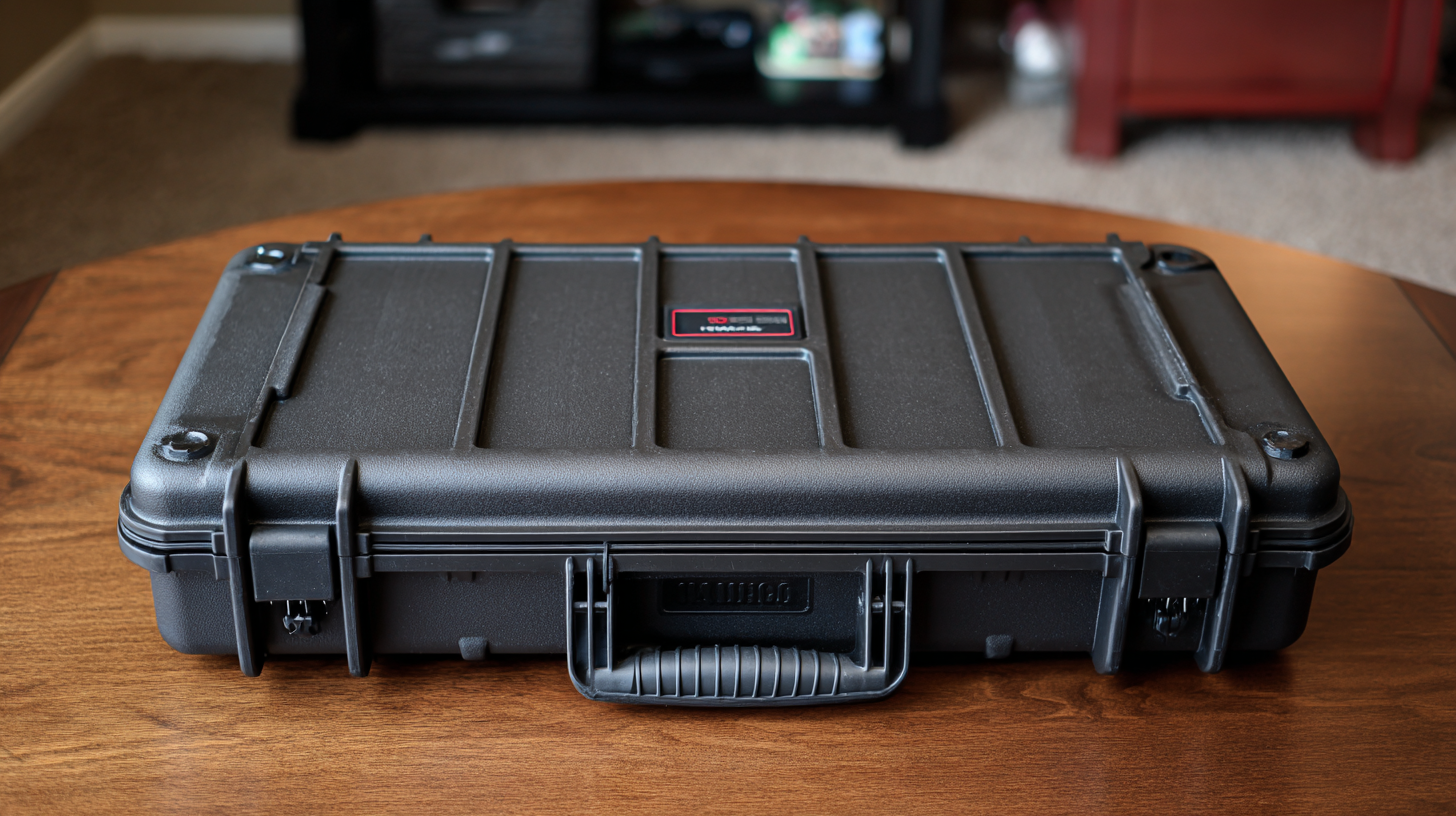
Understanding Different Types of Medical Carrying Cases Available in the Market
When choosing the right medical carrying case, it is essential to understand the various types available on the market to meet specific needs. Medical carrying cases come in diverse forms, including soft-sided bags, hard-shell cases, and specialized transport backpacks. Each type serves different purposes; for instance, soft-sided bags offer flexibility and lightweight options for basic supplies, while hard-shell cases provide durability and protection for sensitive equipment. It’s crucial to evaluate the materials, design, and size based on the type of medical supplies being stored and transported.
Additionally, advancements in technology, particularly artificial intelligence, are influencing the selection and utilization of medical carrying cases. AI can help streamline inventory management, ensuring that medical professionals have access to the right supplies at the right time. By integrating AI-driven solutions, healthcare providers can optimize logistics, enhancing the overall efficiency of medical supply delivery. Understanding these evolving trends not only assists in selecting the best carrying case but also aligns with broader advancements in healthcare efficiency and patient care.
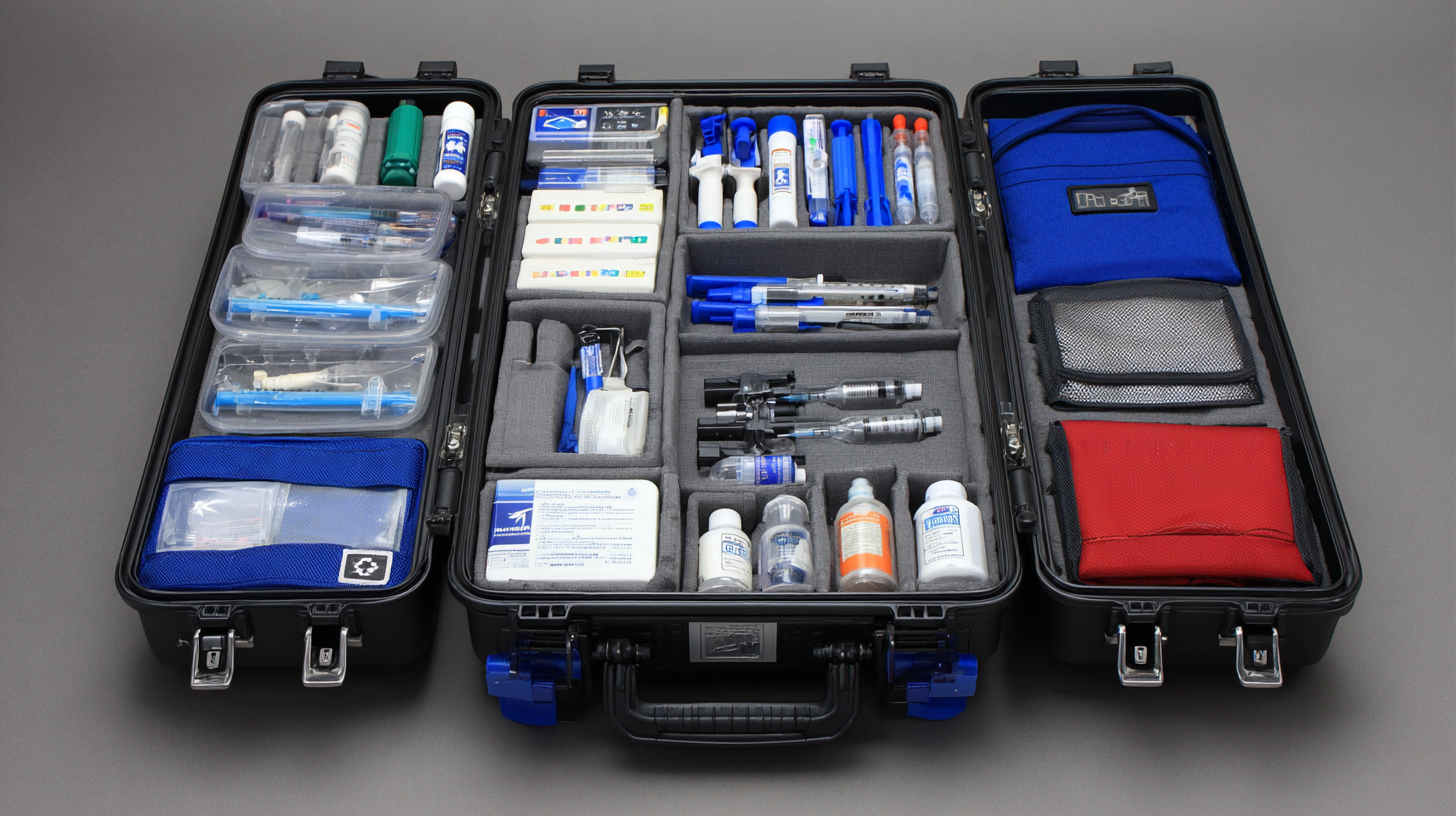
Key Features to Consider When Choosing a Medical Carrying Case
When selecting a medical carrying case, understanding the key features is crucial for ensuring that your needs are met effectively. First and foremost, consider the size and capacity of the case. It should comfortably accommodate all necessary medical supplies while remaining portable. A well-designed case will have various compartments and pockets that help organize items, making it easier to access them quickly in emergencies.
Another essential feature is the durability of the carrying case. Medical situations often require a robust solution that can withstand wear and tear. Look for cases made from high-quality materials that are both water-resistant and easy to clean, which is vital in maintaining hygiene. Additionally, ensure that the case is equipped with adequate padding and secure closures to protect fragile items and prevent accidental spills. Ergonomic handles or straps are also important for ease of transport, especially in high-stress situations where speed is of the essence.
Ultimate Guide to Choosing the Right Medical Carrying Case for Your Needs
| Feature | Description | Importance Level |
|---|---|---|
| Size | Ensure the case can fit all necessary medical supplies comfortably. | High |
| Material | Choose durable, easy-to-clean materials that can withstand medical environments. | High |
| Compartments | Multiple compartments can help keep supplies organized and accessible. | Medium |
| Portability | Consider options with handles or wheels for ease of transport. | Medium |
| Water Resistance | Look for water-resistant cases to protect supplies from spills and moisture. | High |
| Customizability | Some cases allow for customized inserts to fit specific equipment. | Low |
Evaluating Size and Capacity for Your Specific Medical Needs
When selecting a medical carrying case, evaluating size and capacity is crucial to meet your specific needs. A well-chosen case not only accommodates your medical supplies but also ensures easy transport and accessibility during emergencies. Assess how many items you typically carry and their sizes, as this will guide your choice. For instance, a compact case may suffice for basic first aid supplies, while a larger case might be necessary for chronic conditions requiring multiple medications and devices.
Tips: Always consider the organization features of the case. Look for compartments and pockets that help keep items separated and easy to find. Additionally, weighing the case when full can confirm that it's manageable for you to carry, especially if you may need to transport it for longer distances or during emergencies. Adjustable and padded straps also enhance comfort, allowing for more extended use without strain.
Ultimately, the right size and capacity will empower you to be prepared without the hassle of cumbersome storage. Be mindful of what you plan to transport, and prioritize functionality over aesthetics to ensure your medical needs are met effectively.
Medical Carrying Case Size and Capacity Evaluation
Material and Durability: Selecting Long-lasting Medical Carrying Cases
When selecting a medical carrying case, the choice of material and durability plays a crucial role in ensuring the safety and efficacy of medical supplies. According to a report by the Medical Device Manufacturers Association, nearly 30% of medical professionals have experienced equipment damage due to inadequate carrying cases. This highlights the importance of choosing materials that can withstand the rigors of daily use in various environments. Polypropylene and high-density polyethylene are some of the most recommended materials because they offer excellent resistance to impact and chemicals, making them ideal for transporting sensitive medical equipment.
Furthermore, durability extends beyond just the external material; it also involves the construction of the case itself. Cases that include reinforced stitching and waterproof liners can significantly enhance longevity. A study published in the Journal of Medical Engineering indicated that cases designed with padded interiors and shock-absorbing features can reduce the risk of damage to delicate devices by over 40%. Thus, investing in a high-quality carrying case not only ensures that medical professionals can efficiently organize their tools but also safeguards the integrity of the equipment, ultimately benefiting patient care outcomes.
Tips for Organizing and Storing Medical Supplies Efficiently in Your Case
When it comes to organizing and storing medical supplies efficiently, having the right strategies in place can greatly enhance accessibility and preparedness. According to a report by the World Health Organization, proper organization of medical supplies can reduce response times in emergency situations by up to 20%. This emphasizes the importance of not only having a quality carrying case, but also utilizing effective organizational methods.
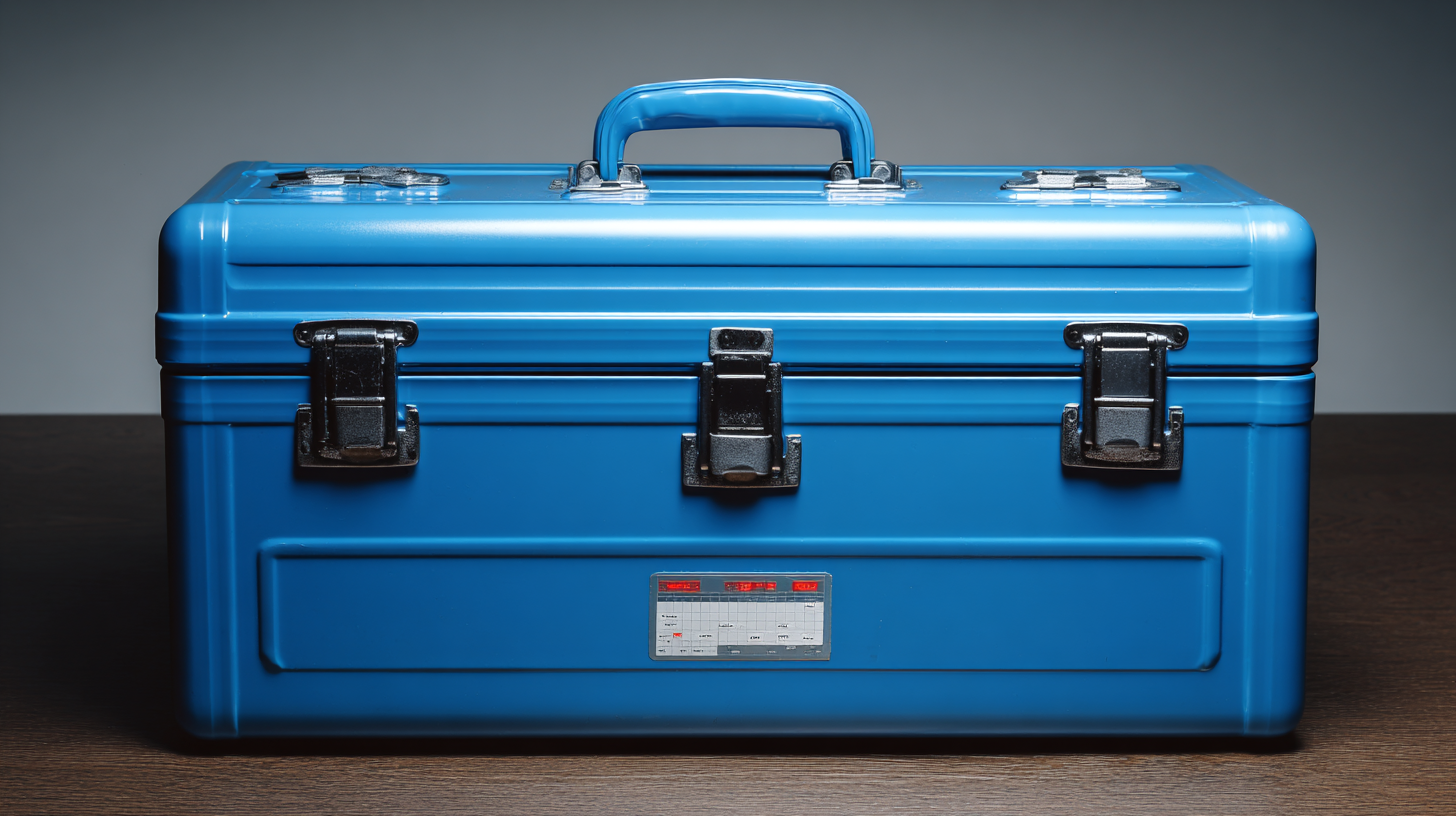
One effective tip is to categorize supplies based on their usage frequency and medical urgency. Essentials that are frequently required, such as bandages, antiseptics, and medications, should be stored in easily accessible pockets. For instance, cases with modular compartments allow for quick visibility and retrieval, ensuring that critical items are at hand without unnecessary delays. The Journal of Healthcare Management suggests that organizations that implement systematic organization techniques can enhance overall patient care efficiency.
Another key strategy is to use labels and color codes for quicker identification. This is particularly useful in high-stress situations where time is of the essence. A study published in the American Journal of Nursing indicated that implementing such techniques can decrease the time spent searching for supplies by up to 25%. By adopting these organizational techniques, you can ensure that your medical carrying case is not only functional but also optimized for any potential scenario.
Related Posts
-
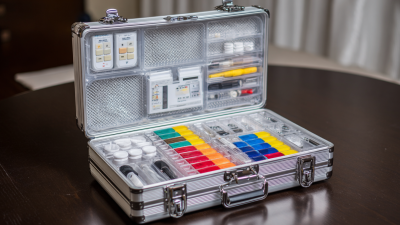
Maximizing Value with the Best Medical Carrying Case: After-Sales Service Benefits and Repair Cost Insights
-
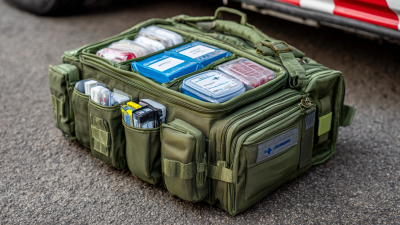
Benefits of Choosing the Best Medical Equipment Bag for Healthcare Professionals
-
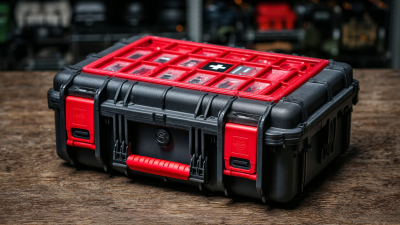
7 Essential Tips for Choosing the Perfect Medical Carrying Case
-

Ultimate Guide to Selecting the Perfect Makeup Storage Bag for Your Beauty Products
-
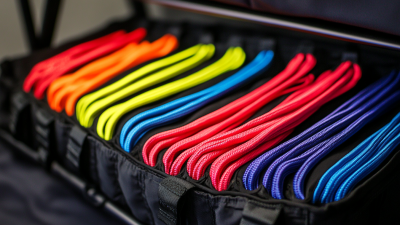
Issues with Choosing the Right Cable Storage Bag for Your Needs
-

Revolutionize Your Beauty Routine: Innovative Alternatives in Makeup Storage Bags for Every Need
